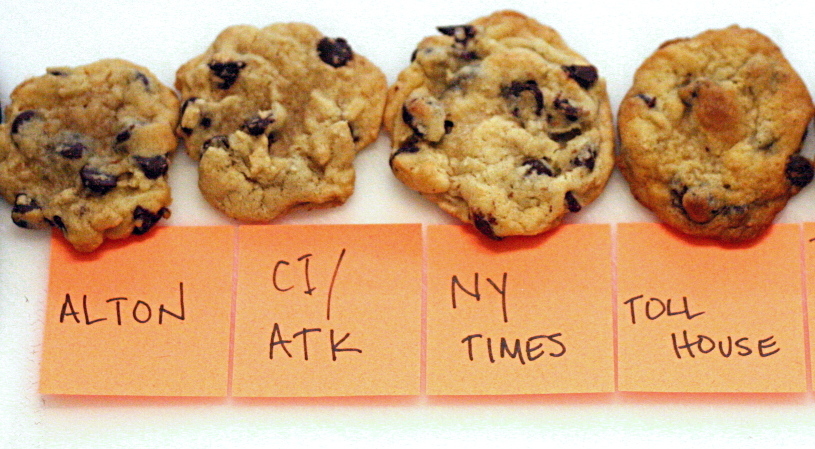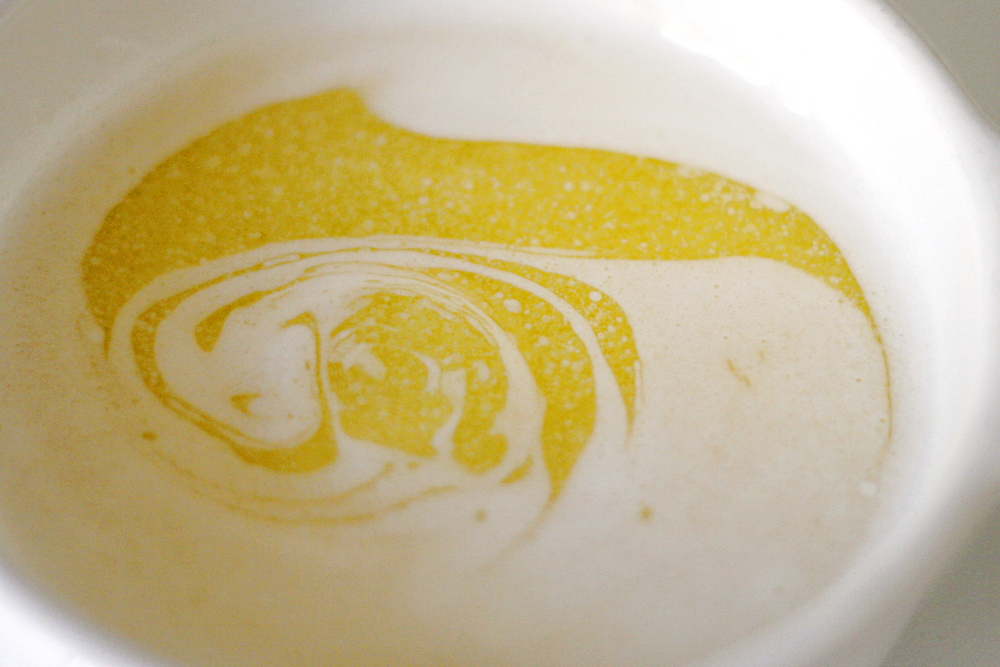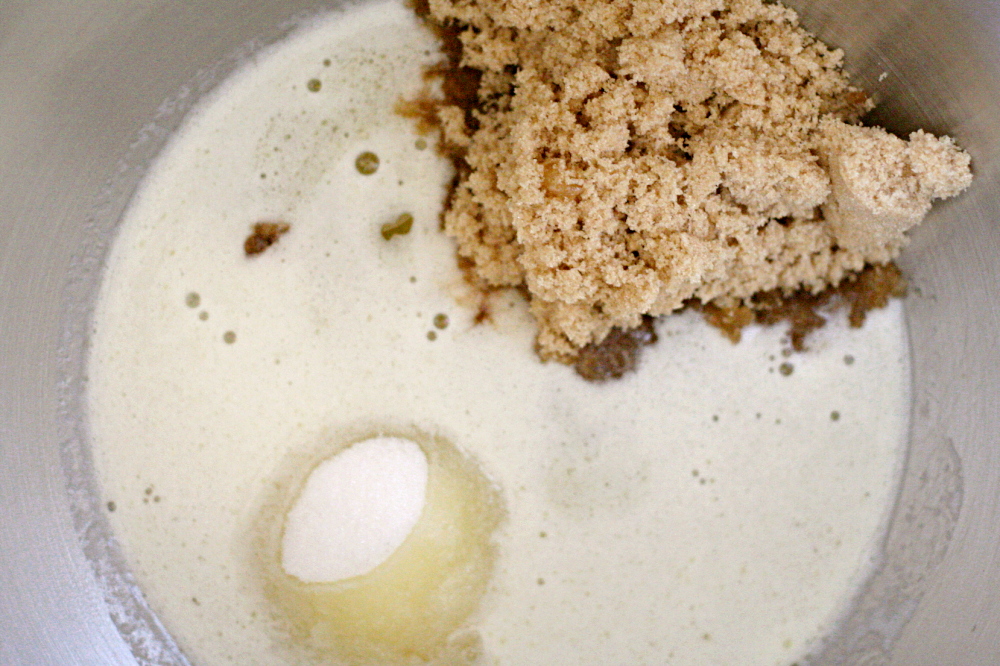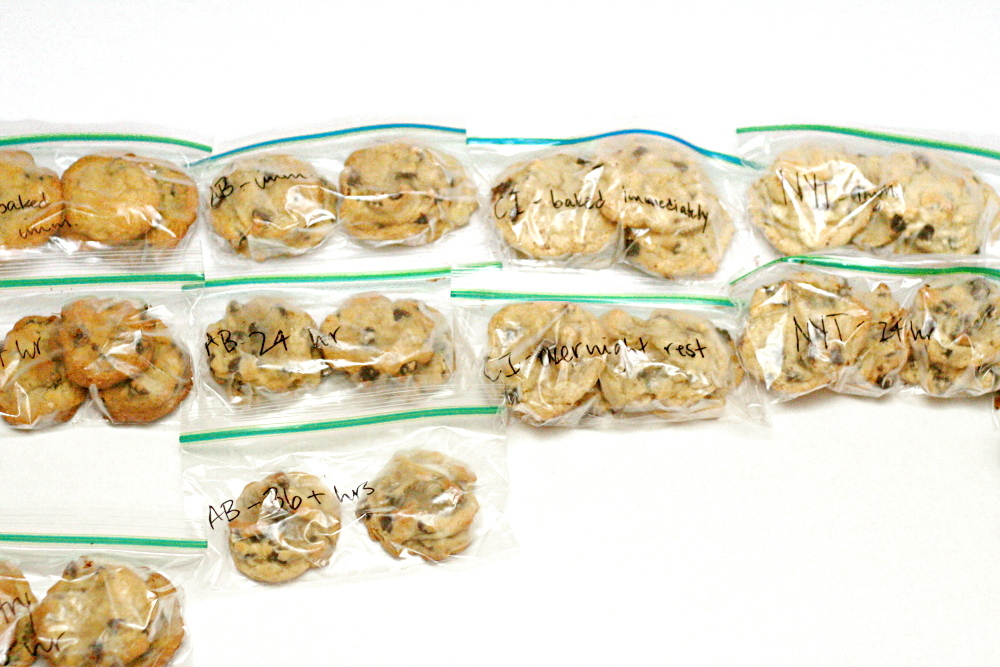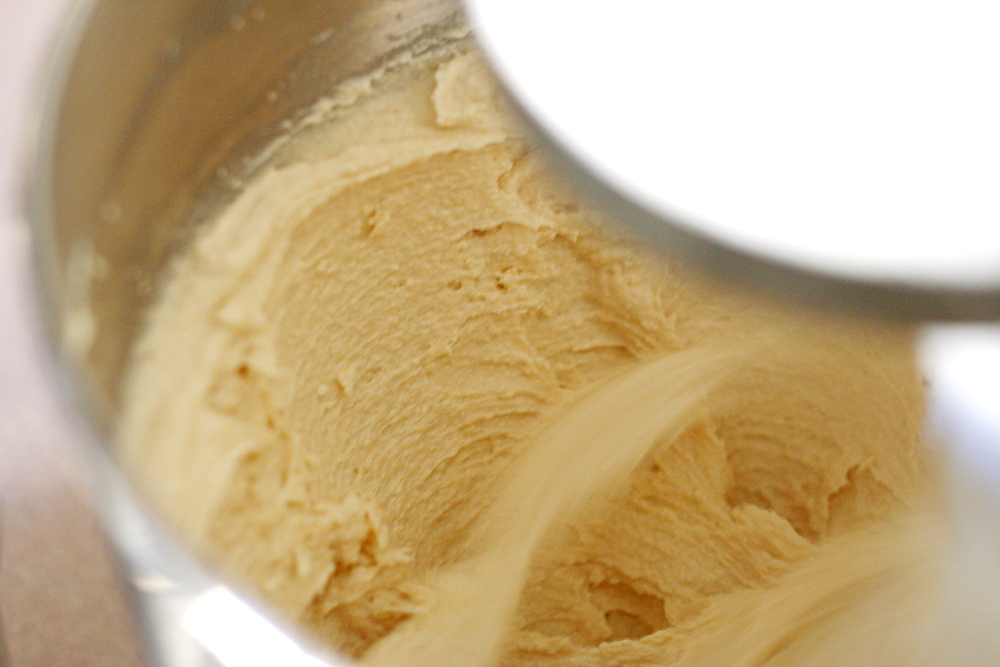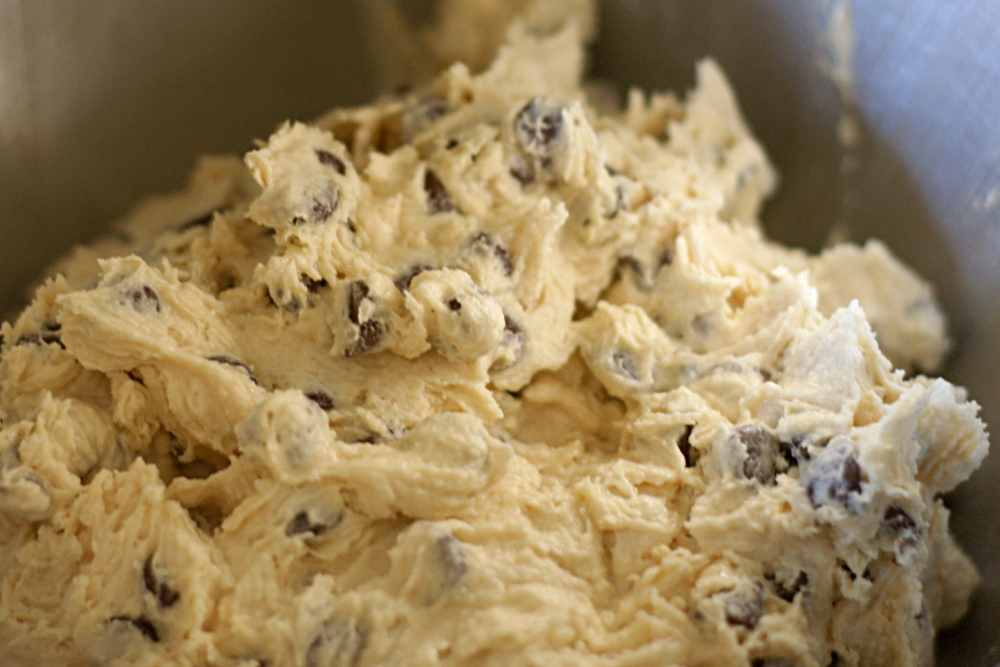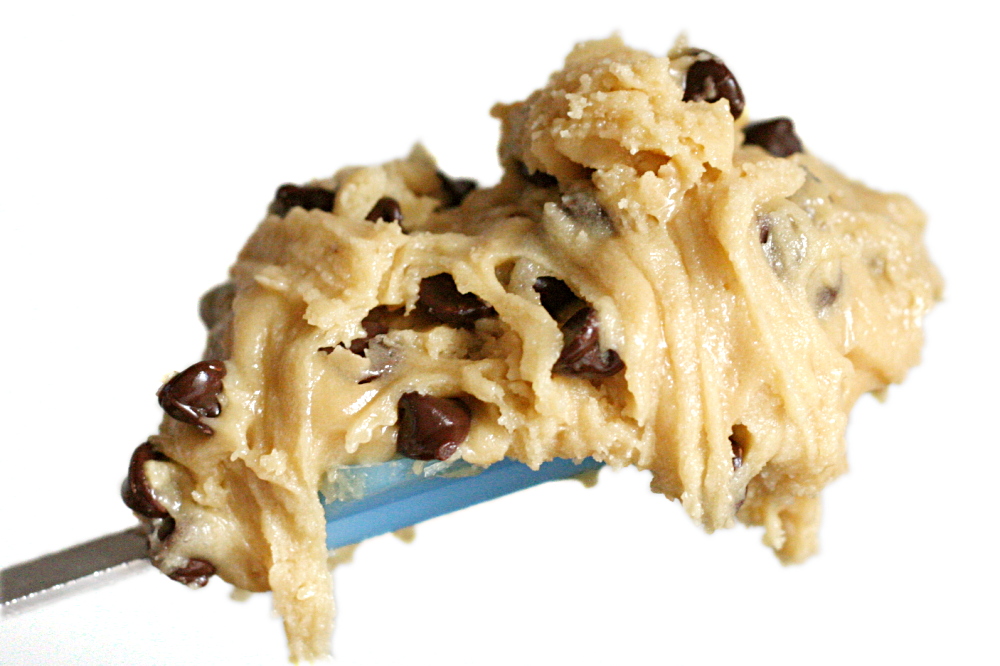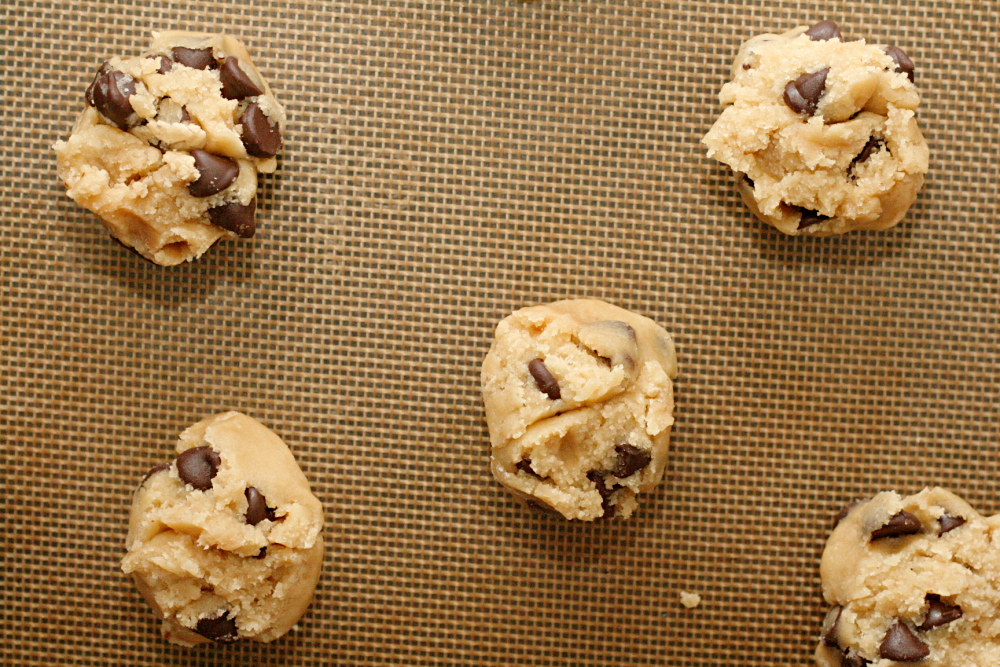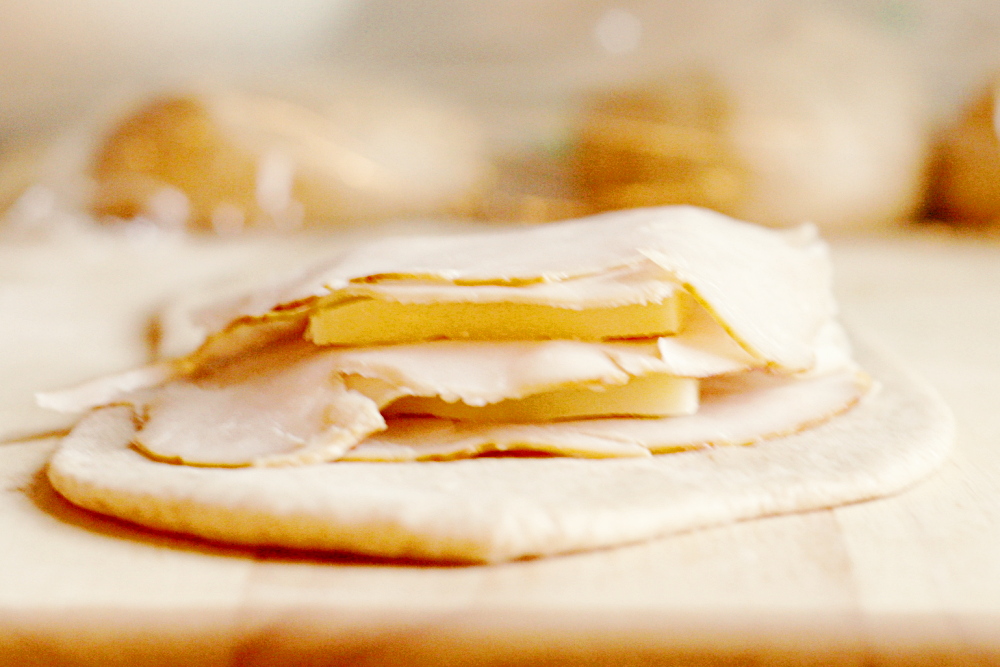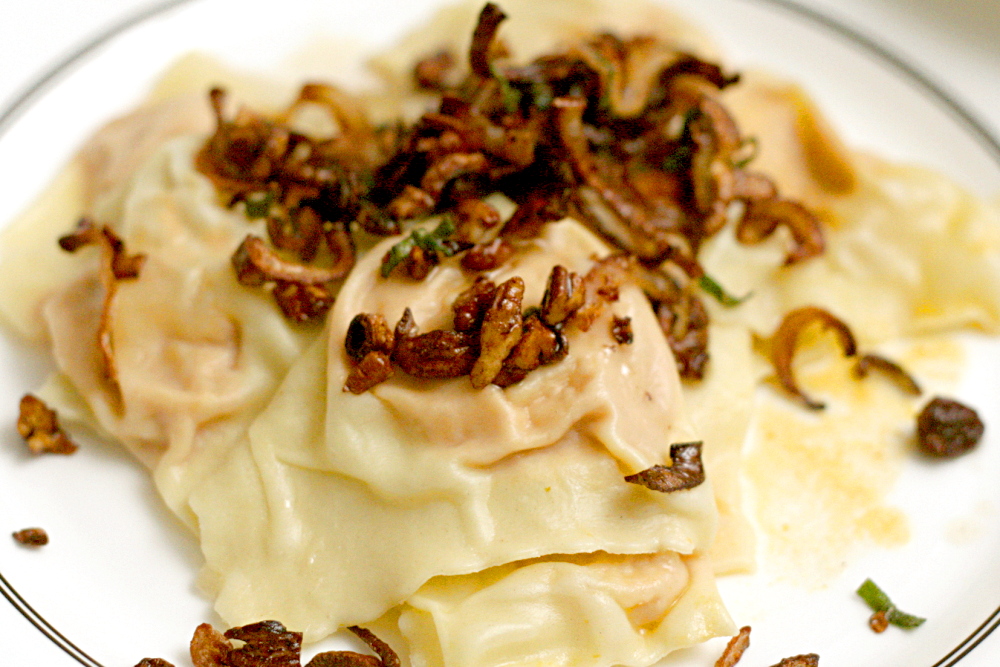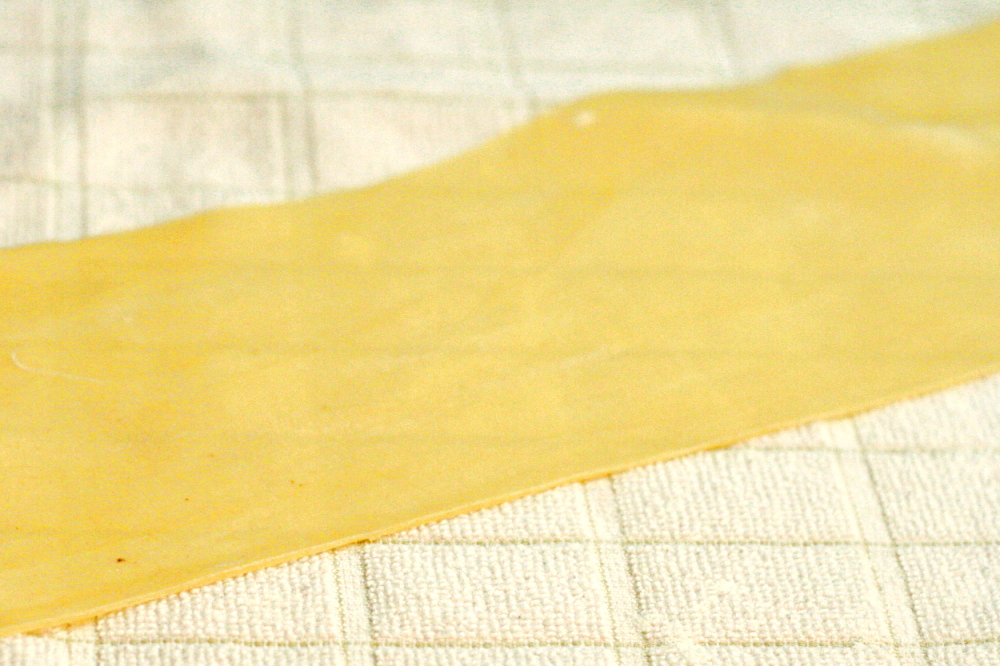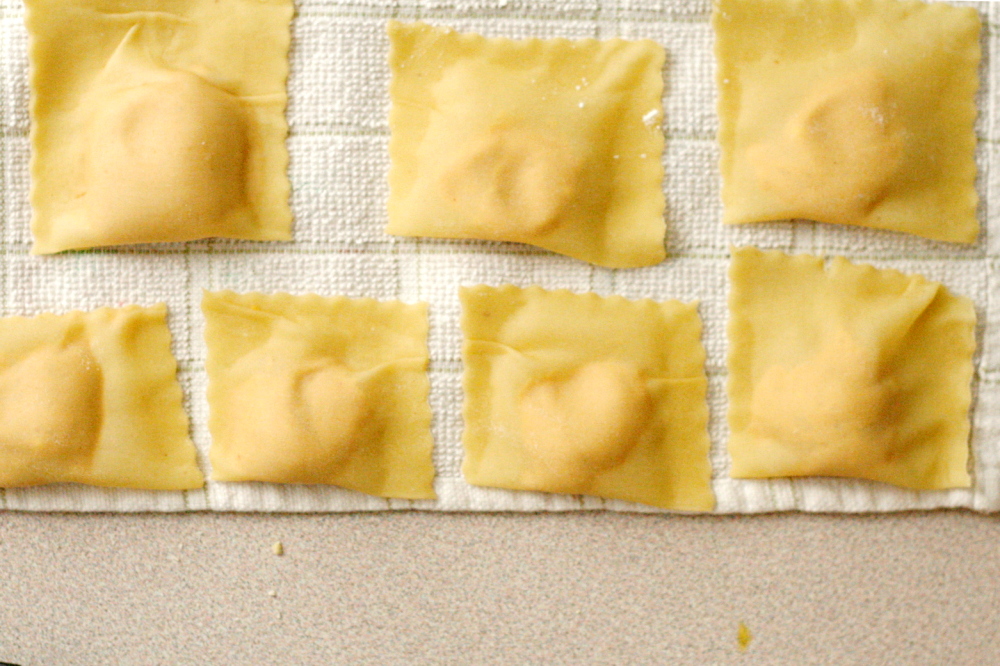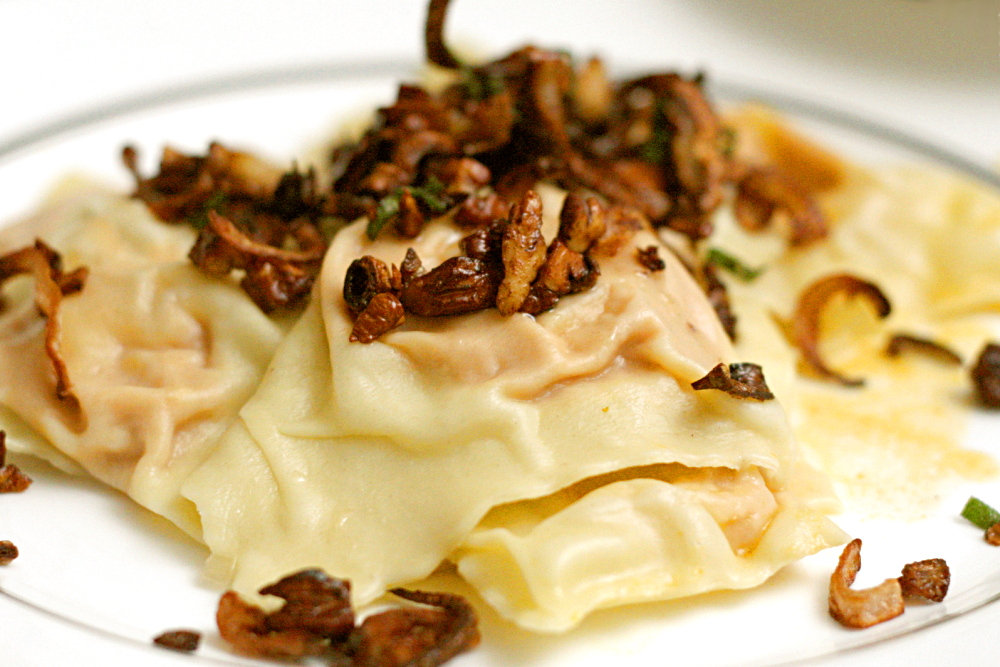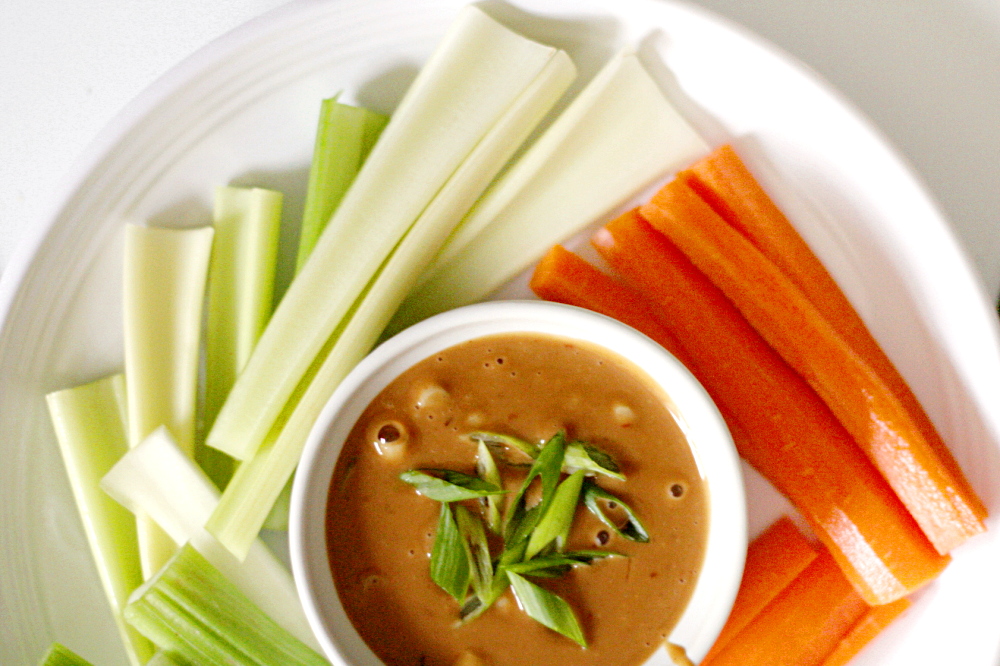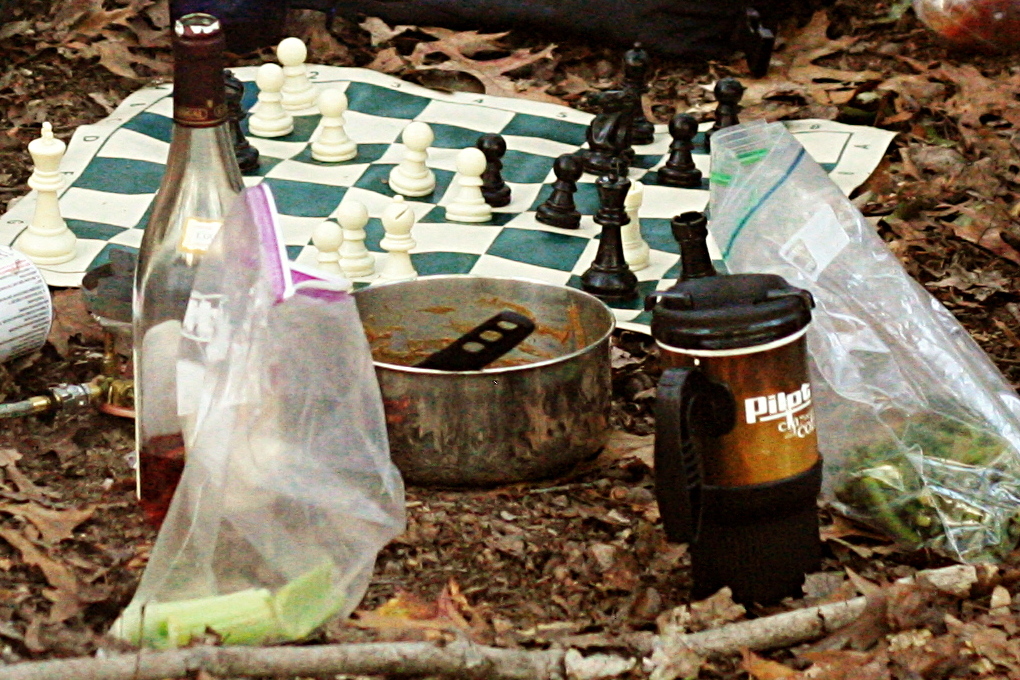I’ve gotten into the annoying habit of buying a bag of limes when I only need one lime because they’re so darn expensive if you buy them singularly. And then I have to get creative trying to use up the rest of the limes. See, I was practically forced to make lime cookies.
There’s nothing complicated about the recipe, although for a few seconds, I wasn’t sure whether the lime juice was going to mix with the butter. You know, fat and water repelling and all. It mixed in.
Once the cookies come out of the oven, the recipe recommends putting them in a bag with powdered sugar and doing some shaking, until they’re evenly coated with sugar. I don’t know about this. They’re pretty fragile. Seems like you’re asking for broken cookies with this method. I just gave each one a quick dip in a bowl of powdered sugar.
I love lime-flavored stuff, and these were no exception. I wouldn’t have minded if they had been a little more limey – I might add just a little extra lime zest next time. Another great thing about these – this is one of those convenient recipes where you can leave the dough in the freezer until you need it. Fresh cookies with no effort!
Key Lime Meltaways (adapted from Martha Stewart via Smitten Kitchen)
Makes 5 dozen
You can use either regular or Key limes.
The dough, shaped into logs, can be kept in the freezer for up to 2 months.
12 tablespoons (1½ sticks) unsalted butter, room temperature
1 cup (4 ounces) powdered sugar
grated zest of 4 tiny or 2 large key limes
2 tablespoons freshly squeezed lime juice
1 tablespoon pure vanilla extract
1¾ cup plus 2 tablespoons (9.375 ounces) all-purpose flour (a.k.a. 2 cups minus 2 tablespoons)
2 tablespoons cornstarch
¼ teaspoon salt
1. In the bowl of an electric mixer fitted with the whisk attachment, cream butter and ⅓ cup (1.33 ounces) powdered sugar until fluffy. Add lime zest, juice, and vanilla; beat until fluffy.
2. In a medium bowl, whisk together flour, cornstarch, and salt. Add to butter mixture, and beat on low speed until combined.
3. Between two 8-by-12-inch pieces of parchment paper, roll dough into two 1¼-inch-diameter logs. Chill at least 1 hour.
4. Heat oven to 350F. Line two baking sheets with parchment. Place remaining ⅔ cup sugar in a resealable plastic bag. Remove parchment from logs; slice dough into ¼-inch-thick rounds. Place rounds on baking sheets, spaced 1 inch apart.
5. Bake cookies until barely golden, about 15 minutes. Transfer cookies to a wire rack to cool slightly, just three or four minutes. While still warm, place cookies in the sugar-filled bag; toss to coat. Bake or freeze remaining dough. Store baked cookies in an airtight container for up to 2 weeks.






